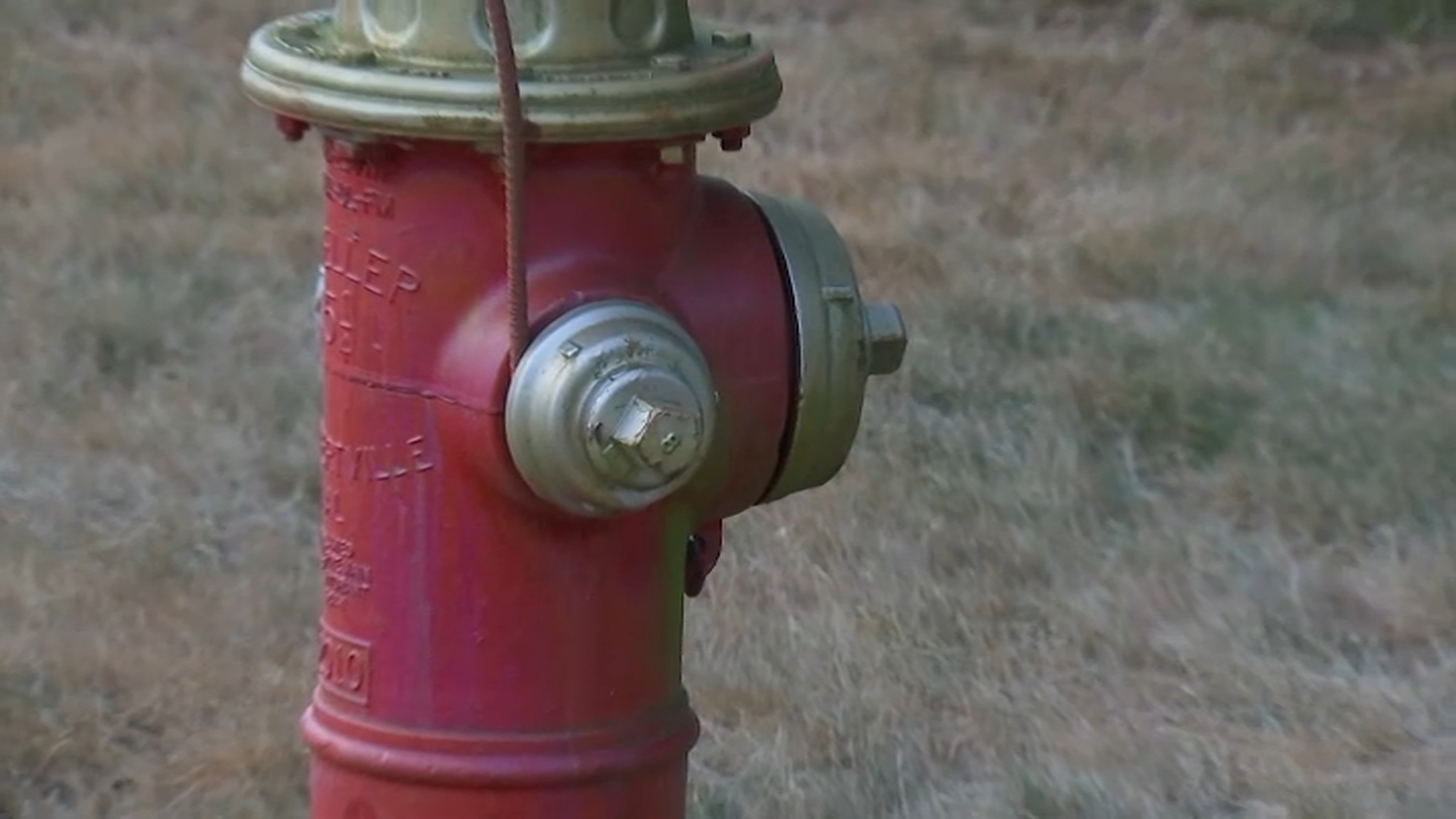The latest drought map shows more of southern New England under "severe" drought conditions.
Each week, the National Drought Mitigation Center at the University of Nebraska-Lincoln takes the rain data and soil moisture info through Tuesday. An updated map from the U.S. Drought Monitor is issued every Thursday.
WATCH ANYTIME FOR FREE
Stream NBC10 Boston news for free, 24/7, wherever you are. |
It's not surprising that the drought has worsened in the region, as we have had little rain in the last few weeks. Going into Thursday's thunderstorms, systems had brought severe weather or heavy rain to areas just northwest of Boston, and even that rain was quite isolated.
The areas that have had rain — and really soaking, widespread rain — have improved on the latest map: Vermont and New Hampshire have decreased their areas to be classified in the less serious categories of "moderate drought" and "abnormally dry."
Get updates on what's happening in Boston to your inbox. Sign up for our News Headlines newsletter.
The expanded "severe" drought range is now across most of eastern and southern Massachusetts; southeastern Plymouth County, Cape Cod and the islands are in the "moderate" category.
Almost 44% of Massachusetts has severe drought conditions; last week, about 26% of the commonwealth was in that category. Boston, Cape Ann, all areas within I-495, ranging to Fall River and Providence are included.
Stay tuned for additional water restrictions or water bans in different towns and cities. Boston has been in the "moderate drought" territory since the update on May 24.
More on drought conditions in Massachusetts
Since Jan. 1, Boston is running 7.95 inches below normal rainfall, with only 16.42 inches of precipitation since 2022 began. This month in particular, we picked up a measly .58 inches for July, and that is 2.25 inches below average with only a couple more days left in the month.
From March through May, eastern Massachusetts had a very dry spring. This season in the North Shore, the South Shore, Cape Cod and Boston rank as the seventh driest of the last 130 years of data on record. It ranks as 39th driest in Worcester, Fitchburg and Springfield, and 87th driest for far western Massachusetts.
Dry ground actually promotes more drought, as we don't have much water to evaporate into our sky to support rain. We have to transport the rain from somewhere, and sometimes, when we get into a drought like this, it takes a tropical system to transport the water our way.
Stay tuned for updates on rain potential the next couple days, and then a potential second heat wave next week.



